SUMMARY
This is AI generated summarization, which may have errors. For context, always refer to the full article.
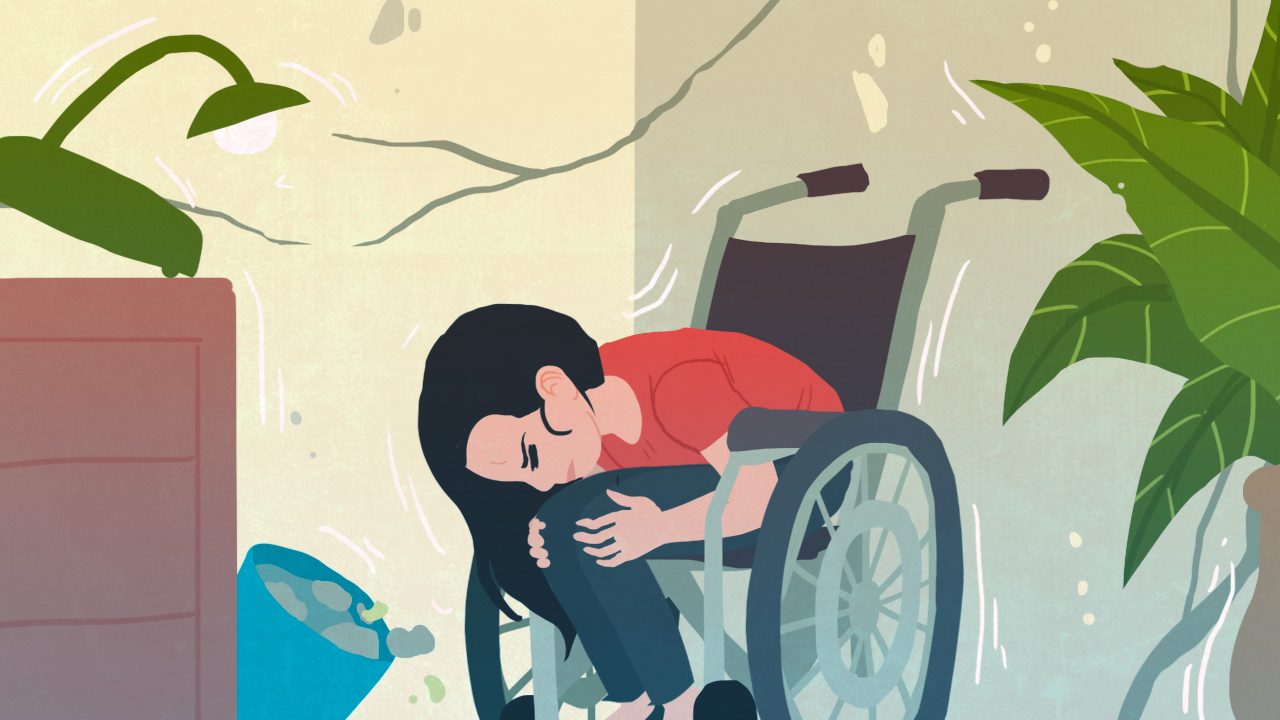
LEGAZPI CITY, Philippines – “The difference between disaster and survival is only a few minutes.”
A typhoon can lash at a community for hours, and strides in science and technology now allow people to prepare for days in advance. With an earthquake, devastation comes quick, almost instantaneously to unprepared communities.
Most safety drills lack focus on the special needs of physically-challenged persons, said international disaster response expert Dr. Ted Esguerra during a workshop in Albay’s main city on Wednesday, July 27, the same day a magnitude 7 quake struck Northern Luzon.
The general rule is look for a table and perform duck, cover, and hold onto any strong furniture, and observe your surroundings while the ground is shaking.
Everyone should also be familiar with all escape routes and locations of emergency doors/exits in buildings where you work, live and visit.
But what of people with mobility problems who cannot duck under furniture or immediately rush for exits?
These include those reliant on a wheelchair, walker, crutches, or a walking cane. People with a heart condition or respiratory difficulties may also have limited mobility.
For the physically-challenged, here are additional tips Esguerra shared, as well as advice culled from the government of Canada’s Emergency Preparedness Guide for People with Disabilities/Special Needs.
The wall is your lifeline

Stay near a sturdy wall as you try to exit a room or building.
Stay low; do the tripod position as you look for the exit. That means one sits or stands leaning forward and supporting the upper body with hands on the knees or on another surface.
Cover your head

Lock your wheelchair while the ground shakes.
Stabilize your body by leaning forward.
Use a bag to cover your head or the person in your charge while the ground is shaking.
Always carry a personal alarm

Choose something that emits a loud noise or a visual sign to draw attention – a whistle, a small bell, a battery-operated buzzer, a flashlight.
If your support network is unable to help, use your personal alarm.
Pre-position emergency supplies and bags near a sturdy wall so you don’t need to rummage in closets.
Impaired vision

Have a longer cane available to maneuver around debris or furniture that may have shifted during the quake.
Use your other hand to keep close to the wall. When first responders arrive:
- Inform rescuers of your special needs and how they can assist you.
- Identify areas of your body that have reduced sensation so that these areas can be checked for injuries after an emergency.
- Communicate your hearing loss by moving your lips without making a sound, pointing to your ear, or using a gesture.
- Keep a pencil and paper handy for written communication.
Organize special needs aid
- Pack a minimum one-week supply of all needed medications, medical supplies and special equipment (ventilator for asthma, nitro lingual spray for a heart condition, an epinephrine pen against allergic reactions or anaphylactic shock)
- You shouldn’t be rummaging for supplies right after a quake. Place your bag and package in an accessible area (like a low dresser, bin or chest) by a sturdy wall near the exit.
- Prominently display your emergency contact and your physician or care-giver.
- Tack how-to instructions on special needs equipment and aid.
- List food and drug allergies.
- In large letters, list life-sustaining equipment or required regular attendant care, medical condition and current medication (include generic name, dosage, and frequency).
- Keep a checklist and assessment sheet in your emergency kit and provide copies to family and emergency contacts.
-Rappler.com
Add a comment
How does this make you feel?

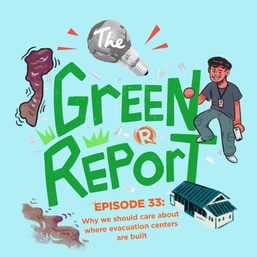
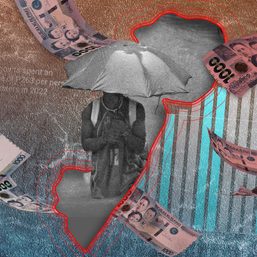
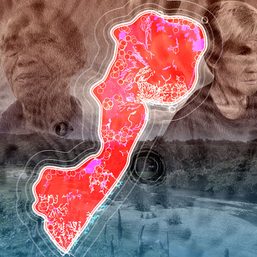

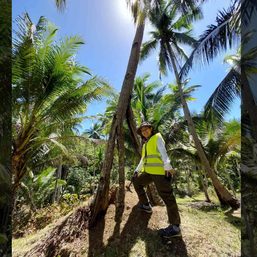
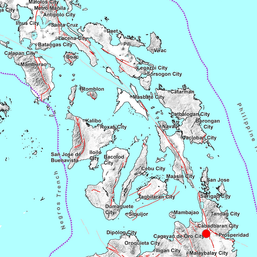
![[ANALYSIS] Lessons in resilience from Japan’s New Year’s Day earthquake](https://www.rappler.com/tachyon/2024/01/TL-japan-earthquake-warning-system-jan-3-2024.jpg?resize=257%2C257&crop_strategy=attention)

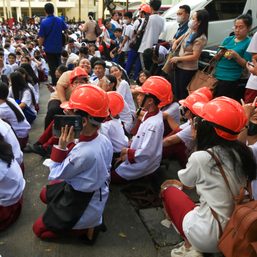
There are no comments yet. Add your comment to start the conversation.